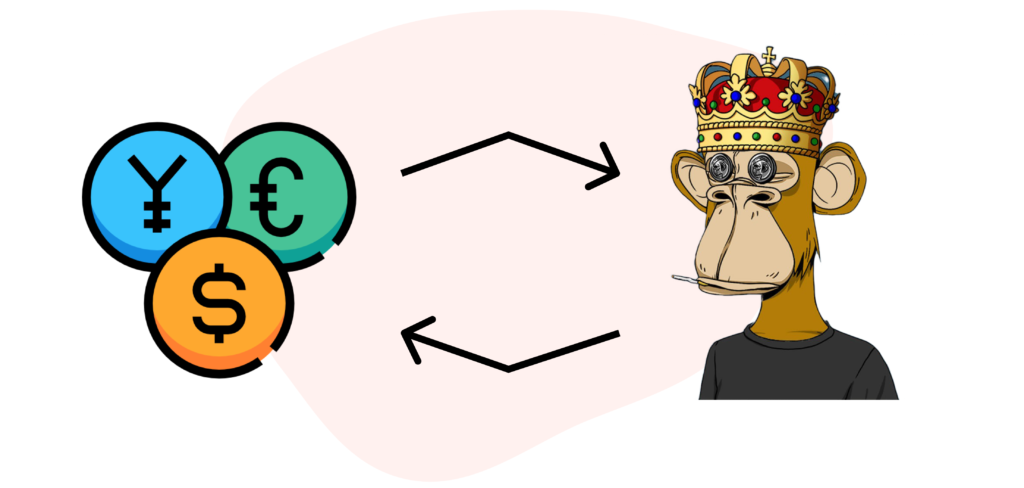Selling
When Is the Right Moment to Sell an NFT?
If you are into NFT trading, knowing the best time to sell your NFT is extremely crucial. However, it may be challenging to determine when the right time is to sell. Regardless, there are a few factors one must consider to pick the very best time to put your NFT back on the market. Even before you buy your NFT, these factors should be considered at length.

Buy Price vs. Current Floor Price – Measuring Risk Versus Reward
The price at which the trade is completed is known as the buy price. On the other hand, the floor price in the NFT market is the minimum amount of money you can spend to join a project (owning an NFT within the collection). You can think of the floor price as the current bottom price within the collection. The floor price is determined by the person who owns an NFT in a certain project and is selling it for a lower price than all other owners within that project. So essentially, the floor price is the minimum amount you’d need to purchase a specific NFT or collection of NFTs.
To pick a suitable time to sell your NFTs, you must first have a risk/reward ratio. This risk/reward ratio determines how much risk an NFT trader is willing to take in exchange for a potential payoff. In essence, it illustrates what the potential profits are for every $1 you risk on an NFT purchase.
Everyone’s ratio will be different, as some might want to take more risks than others. But it comes down to how much you’re willing to wager a price will continue to increase and the returns you can potentially earn. Those willing to take on more risk might be willing to buy at a higher buy price, assuming the price will go up. Others might buy at the floor price and wait for the price to increase over time.

Buying multiple NFTs from the same collection can help you examine the frequency with which similar NFTs change hands and make sure that the rate matches your plan. For example, if you’re planning a short-term flip and there’s just one trade every week with a lot of competing sellers, you’ll have a difficult time closing your initial trade within your time frame.
Long-Term Utility/Community/Collectibility
In addition to being one-of-a-kind unique digital assets, NFTs can be utilized to execute a range of tasks or represent utility within an ecosystem. Sometimes, the value of NFTs comes from their practical use in both the physical and digital worlds. Any digital asset’s utility is at the core of its value proposition. A digital asset with no utility has no use-case other than “being itself,” and this could cause poor demand. However, don’t overlook non-tangible utility drivers, such as community and perceived artistic value. An NFT with high utility has immediate value, which can grow over time depending on the appeal of the base project and how much support it receives.
For NFTs, the community is another critical component since it influences the number of potential consumers and buyers in the marketplace.

As a result, the project is able to reach more potential purchasers. Users can readily determine the size of a project’s community by visiting the project’s official social media accounts and looking at the subscriber count.
The collectability of NFT also has a strong effect on its value; thus, it should be considered when choosing when to sell. NFTs that are part of a highly collectible set will likely attract the attention of collectors over time. The value of each asset in the set will be partially determined by the scarcity, as well as some of the other factors listed above.









